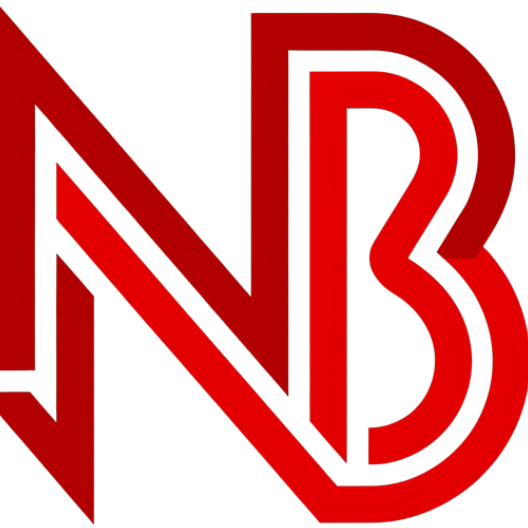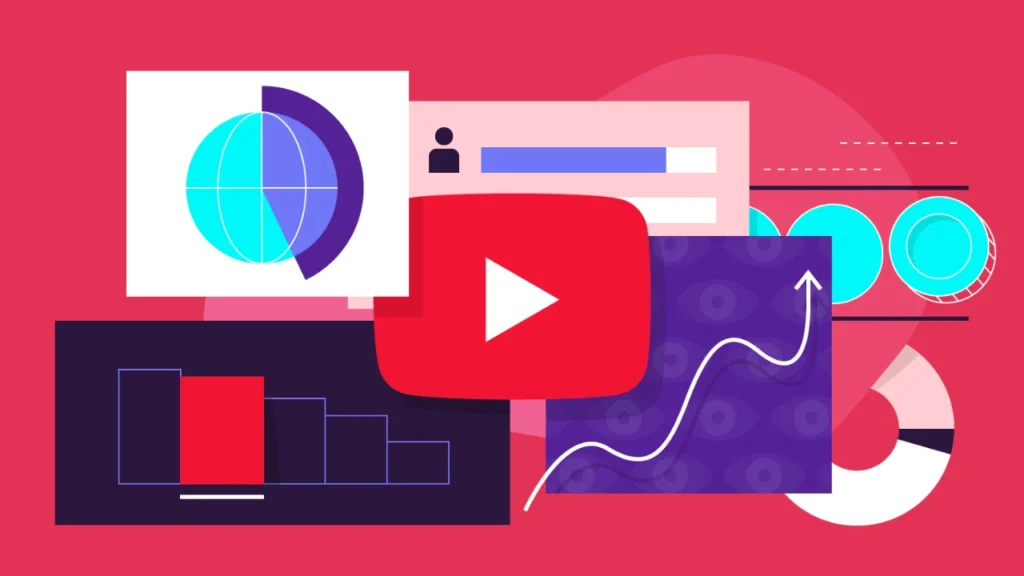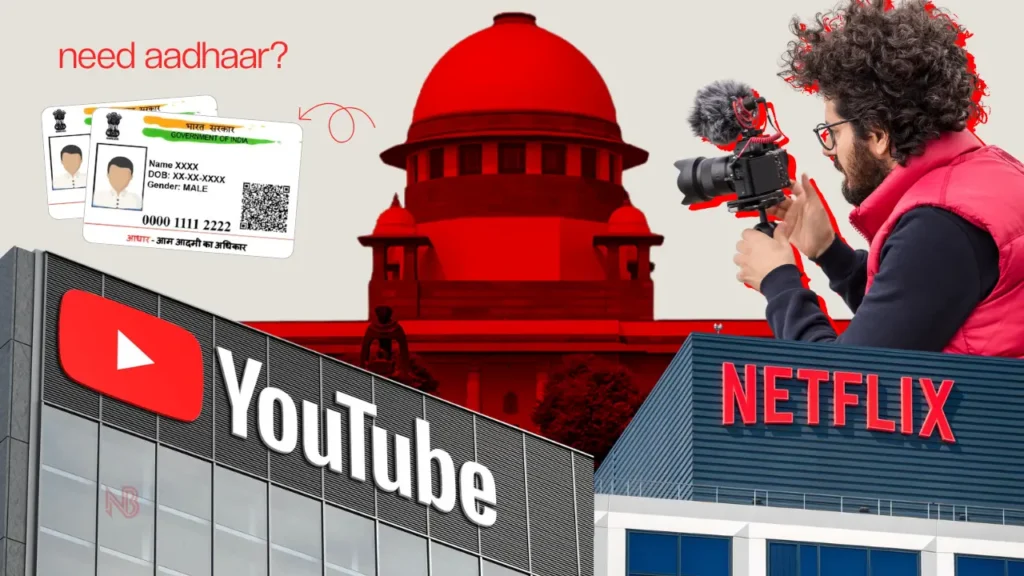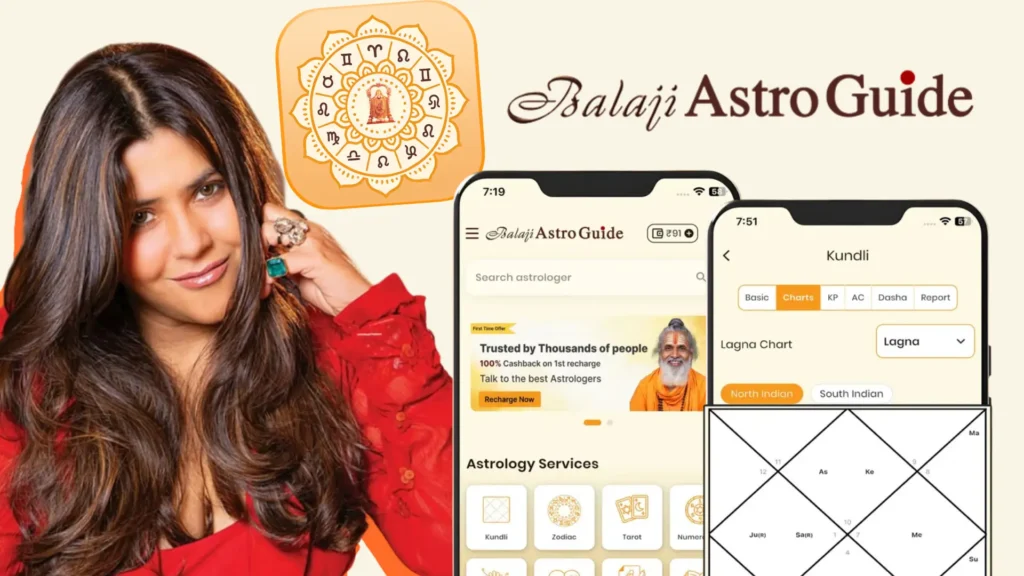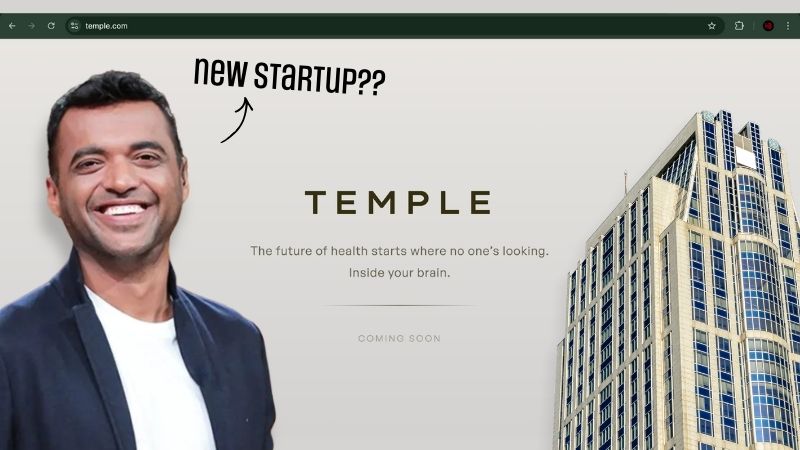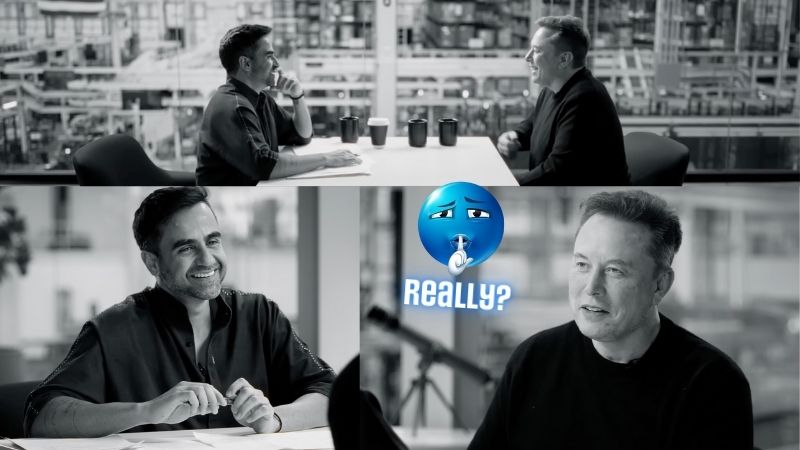Late on October 15, users around the world began encountering blank screens, error messages, or endless buffering when trying to access YouTube, YouTube Music, or YouTube TV. Reports flooded platforms like Downdetector, with over 360,000 users in the U.S. alone registering complaints at the peak of the outage.
YouTube later confirmed that services had been restored globally, but the company did not provide a full explanation for what broke.
Many users could open the site interface, but video playback failed. Others reported blank homepages, crashed apps, or sudden login issues across devices. Since YouTube also owns the backend services powering Music and TV, disruptions cascaded beyond just the core platform.
Engineers appear to have acted quickly. Within roughly 90 minutes, traffic from users gradually returned. Some got access sooner, others lagged behind, depending on region and service path.
It has remained vague about the root cause. Network-level issues, misconfigurations, or CDN (content delivery network) problems may be behind it. Some speculate the outage might be tied to YouTube recent UI changes. It’s rare for a global failure to stem from hardware alone more often something in software, routing, or authentication fails under scale. This outage underscores how dependent we’ve become on digital platforms. Creators, viewers, advertisers all lose when the system fails. Even short blackouts ripple through segments that assume always-on availability. And there a reminder here for engineers: in a highly distributed architecture, one misstep can echo globally.
